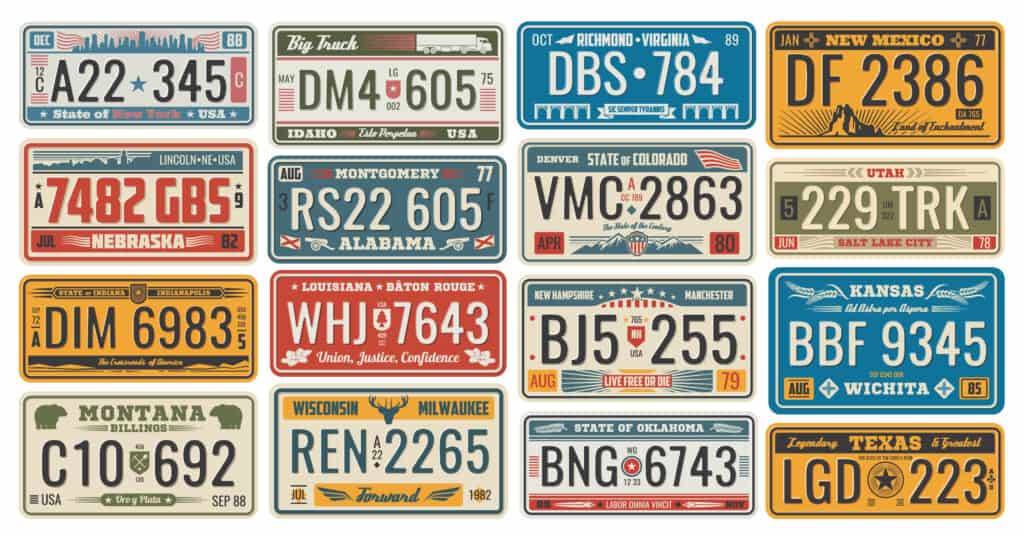Can Volkswagens be Flat Towed
You are planning your next vacation and realize you will need to bring your Volkswagen but you do not want to drive it. Can you flat tow it? Or will you have to drive it to your destination?
Depending on the exact year and model of your Volkswagen vehicle, you may be able to successfully flat tow. To ensure your year and model have the ability to be flat towed, you will have to refer to the vehicle’s handbook. Generally, if your vehicle has a manual transmission, it can be flat towed.
It’s nice to bring a spare vehicle on your RV trip, but what do you need to know about flat towing before attempting it?
Can Your Volkswagen be Flat Towed?
Before planning a trip where you will be flat towing your Volkswagen vehicle, it is a good idea to check the vehicle handbook. The vehicle handbook should be able to directly tell you if your vehicle can be flat towed. If you no longer have the vehicle handbook for whatever reason, you may still have access to one.
Many car companies have PDF versions of the vehicle handbook available online. You have to have your vehicle’s exact make, year, and model to find the correct vehicle handbook online.
If you have checked your vehicle’s handbook and it does not suggest flat towing and you feel confident it can handle it, you should contact a local mechanic shop. Your local mechanic may thoroughly inspect your vehicle and although the manufacturer recommendations may not suggest it, your mechanic may be able to modify your vehicle so that it can be safely towed.
It is important to note while doing this, if you are worried about flat towing, even if your local mechanic says it should be fine, you can also stick with the manufacturer’s recommendation and not flat tow your vehicle. If you choose to flat-tow a vehicle that is not set up for it, you have to get it modified first. Getting modifications attached to your vehicle should put your worries to ease as it will make it so your vehicle can be safely flat towed.
I have known people who have flat towed vehicles that originally are not suggested to be towed, but their mechanic said it would be okay and they were fine. As previously said, if you choose to flat-tow a vehicle not designed for it make sure that you get the modifications suggested by your mechanic before attempting to hook it up and leave.
The downside of towing a vehicle not designed for it is the cost of the modifications. Depending on what your vehicle needs in order to be safely towed, you may be spending way more than you had originally planned on.
What Vehicles can be Flat Towed?
In order for a vehicle to be flat towed, it must have a manual transmission. If your manual transmission vehicle happens to have four-wheel drive you can tow it for as long and as far as you want with no problems. If you have an automatic transmission vehicle, it becomes more difficult. It has to be lubricated by the output shaft.
If your automatic transmission is lubricated by the input shaft you will not be able to tow without changes or extra pieces to cool and lubricate the transmission. If you are interested in towing an automatic vehicle that has an input shaft, you should contact your local mechanic.
Why can Some Vehicles Not be Flat Towed?
Vehicles that do not cool down the transmission when turned off cannot be towed. If you were to attempt to flat tow one of these vehicles, it will overheat and even possibly burn up. You will cause serious damage to your vehicle that will cost a lot of money to repair.
For some vehicles, if you want to flat tow them but you are unable to, modifications can be done to allow the vehicle to be flat towed.
Is it Legal to Flat Tow?

Yes, flat towing a vehicle is legal, but many states have laws that must be followed while flat towing a vehicle. These are safety precautions set in place for the protection of the driver and other drivers on the road.
Below is a list of some safety laws put in place for flat towing. It is important to know that some states may require only a few, while others may require more. Before flat towing any vehicle, especially across state borders, you should fully aware of the flat towing laws set in place.
Taillights
Taillights need to be visible and active. If the vehicle being towed is small enough that it does not block the larger vehicle’s taillights, this will work. If the towed vehicle blocks the taillights, you must set up the wires so that the towed vehicle’s taillights will work to warn other drivers of your stopping and turning.
Chains
Safety chains are required to be put in place and utilized. These add another level of safety while towing a vehicle. If something were to go wrong, the vehicle would still be attached by the chains.
Breakaway Brakes
This is a type of brake that automatically locks and brakes the vehicle if it were to become detached from the towing hitch. This is a great safety measure that will protect you and others on the road.
Auxiliary Breaks
This is an extra system for breaking that can be utilized while towing vehicles. It helps the vehicle to properly stop with the extra weight.
Special Endorsement on Drivers License
This one is only in place for a few states, but it is required to have a special endorsement to drive a vehicle that is towing something.
License Plates

Both the license plates of the towed vehicle and the vehicle towing must be visible at all times.
Flat Towing Experience
Before you flat-tow your vehicle, you want to make sure you are fully educated on how to properly tow and keep everyone safe. Refer to the forum below where people share their experience of flat towing and give their tips and warnings.
